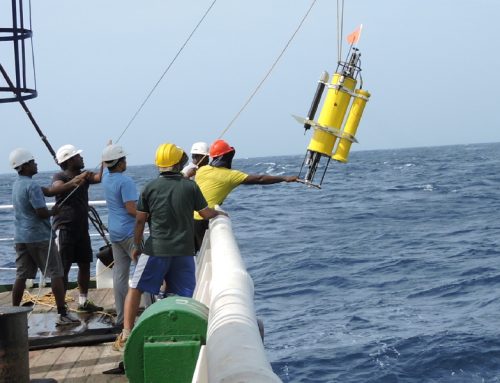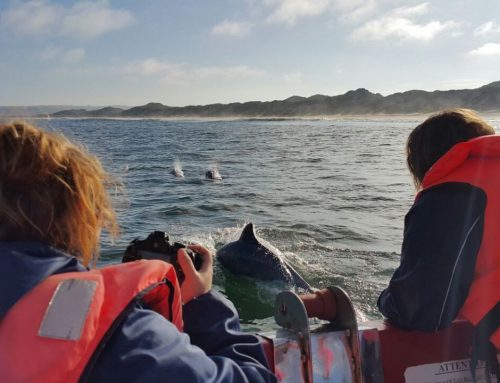 Down on the farm we recycle scrap tyres. A nip here and a tuck there and we transform them into rubbery bowls for cattle licks. Passers by might not realise what they are. Catching a glimpse of thirty or more tyres scattered in the veld as they whiz by on their wheels, they might think that slordige mense live on these farms where they just gooi tyres in the veld, even where the cattle are grazing.
Down on the farm we recycle scrap tyres. A nip here and a tuck there and we transform them into rubbery bowls for cattle licks. Passers by might not realise what they are. Catching a glimpse of thirty or more tyres scattered in the veld as they whiz by on their wheels, they might think that slordige mense live on these farms where they just gooi tyres in the veld, even where the cattle are grazing.
What they don’t always know is that not only do the cattle consume lick from the tyres, they also converse with the baboons about them.
Reclining in the tyres as if they were in a swimming pool, the baboons told the cows: “These tyres aren’t going anywhere.” This followed a conversation some months back when the Recycling and Economic Development Initiative SA (Redisa) announced it was getting rid of all scrap tyres.
They called it the Integrated Industry Waste Tyre Management Plan and cooked up a plan to charge a levy of R2.30 per kg to tyre manufacturers and importers.
“The news reports said the levy will help to subsidise a collection and recycling programme all over South Africa,” the baboons had told the cows at the time. The baboons fancy themselves as being well informed, and sneak a few sessions on the Internet when the farmers aren’t around. “It said that the South African tyre industry currently produces over 10-million scrap tyres a year and that scrap tyres are piling up all over the country presenting health and fire hazards.”
“Fire hazards?” the cows had enquired. “Do you mean when those farmers who don’t understand about the carbon footprint, burn tyres to keep away the locusts?”
“Nah, I think they mean when the comrades burn them to block the roads and worse,” the baboons replied. “Only joking,” they grinned, explaining that Redisa said that waste tyres pose an environmental problem. “They called them ‘pollutants and a breeding grounds for mosquitoes and vermin’.”
“We’ve heard you are on the list of vermin!” the cows grinned.
“No wonder they use the expression ‘stupid cow’,” the baboons replied.
“Anyway, the tyres aren’t going anywhere anymore because the Environmental Affairs Minister approved the plan without proper consultation. That monkey on the government’s shoulder – the Democratic Alliance – was quick to point this out, so they had to put it on hold,” the baboons continued. “Redisa said it was a great pity because, apart from job creation (that old ruse), the levy was also going to be used for research on what to do with the tyres. Redisa claims there is no effective way of using or disposing of old tyres in an environmentally friendly and economically viable way.”
“Clearly they haven’t heard of Earthships,” commented the cows. The baboons nearly fell out of their tyres. “Earthships!” they guffawed.
“Yes, at the farm where we grew up, they built a home from discarded tyres called an Earthship,” explain the cows. “It’s not complicated. We watched them do it. They stuffed a mixture of earth and cement into old tyres and stacked them on top of each other to make nice thick walls, which they plastered. They kept saying ‘Look at our beautiful Earthship’. We thought it fine. And with the housing shortage we face, what better use could there be for old tyres?” asked the cows.
“What would you know!” huffed the baboons, climbing out of the tyres and slouching towards the mountains to give themselves time to think and regroup. Baboons can’t stand being shown up by cows.
At the very next opportunity they sneaked into the farmers’ home and Googled ‘Earthship’.
Sure as cows, they found entire sites dedicated to the subject. They even found them in South Africa. The sites described how the flowing curves created by the plastered tyres created a wonderful, womb-like home. They explained how Earthships are designed for natural insulation and air and light flow, and that they combine waste disposal with human comfort. What more could you want?
“Maybe we can build one for ourselves,” the baboons concurred. “Just don’t tell the cows. They’ll get big-headed.”
Photo: Francois Smit




